During our free days I decided to go to Tokyo with a few others in the class. While in Tokyo, some of us decided to go to the Tokyo National Museum of Modern Art also known by the English acronym: MOMAT. The museum is well known for its 20th century art containing notable art from the Meiji period as well as for a few western paintings in its possession. The MOMAT collection moves in chronological order from oldest to newest relative to the time the artwork was created. The first artwork that struck me was of a lady lying in a field. The vivid colors the artist Yorozu Tetsugoro was able to bring out in this piece amazed me. Some of the plants are touching the woman making it look as though the ground is absorbing her. As I browsed through the gallery I came across a painting of a vase of flowers. I really enjoyed this painting because of the pale abstract colors the artist was able to create making the flowers look like they were in the stage between life and death. Flowers are one of the most admired parts of nature and are often apart of scenes of nature. However, these flowers are picked and in a vase, which implies some sort of human alteration. Even though the painting is just of flowers humanity’s presence cannot be escaped in this painting.
Another painting that I really liked was Kishida Ryusei’s (1891-1929), Road Cut Through a Hill 1915. When I first saw this painting I thought it was a photograph because of the level of detail in the wall alone and the overall realistic nature of the painting. I also thought it was interesting because of the level of human manipulation of the environment present in this painting. The road and wall were obviously created by humans. At the same time there are still trees and natural elements present in this painting. This painting signifies early human manipulation on the landscape. In previous paintings in the gallery they were more focused on a specific natural landscape of human portrait. In this painting something as simple as a road today is seen as art worthy. Further down the gallery there were many incased paintings that were graphed onto scroll paper. These paintings were of scenes, many of which incorporated many natural landscapes. They also focused on the natural environment without humans.
The 8th gallery room was the most interesting to me out of them all. It is titled “The 1970s: Pollution, the Environment, and Closed Spaces.” We have been reading a lot about the history of various sources of pollution and environmental degradation in Japan, in excerpts of Japan at Natures Edge (Miller et. alt), and Robert Stolz’s, Bad Water, in this context this gallery specifically interested me. The gallery talks about the outbreak of Minamata disease, a disease caused by chronic poisioning of alkyl mercury compounds from industrial waste, which was first discovered in was first discovered in Minimata city in Kumamoto precture , Japan in 1965. The gallery also expalains Yokkaichi asthma that occurred in some places in Japan during economic growth of the time period. Photographer Shomei Tomatsu, took pictures of the destruction of the Ashio Copper mine, which are featured, in this part of the exhibit. The first photo depicts a cemetery, the copper mine, and the mountains in the background. In this one picture you can see death, development and nature. These photos were taken in 1970 years after the much of the mines damage was done; yet you can still see the devastation that the mine caused. The second photo shows the landscape after the toxic copper destroyed it. Making art of devastating time periods with pollution. After this gallery there was contemporary art in the form of a Fukashima video of scientists at the site after the Tsunami and Nuclear meltdown. The concept of making ‘modern art’ out of the devastation of ‘environmental disasters’ really struck a cord with me. Art is usually displayed for its beauty. This art seemed to have a different purpose, one of making the public more aware. There was also a distinct contrast and flow of the gallery, which was interesting. The artwork flowed from more conventional forms of art and nature in the form of paintings, to contemporary forms of art (photographs and videos) and environmental degradation. The art in the MOMAT collection collectively told a story, one of environmental degradation and human suffering. Just as things were being made “better,” by the inventions of telephones, trains, and computers, the environment and human health were being harmed at unprecedented rates. Art records much of human history’s relationship with the environment. I felt that this was very evident in the MOMAT collection. Just as we cannot escape what we do to the environment in the physical world, we cannot escape the environment history that is both intentionally and unintentially depicted in art.

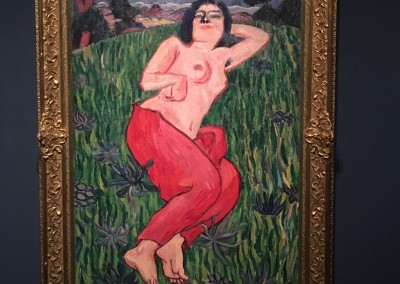
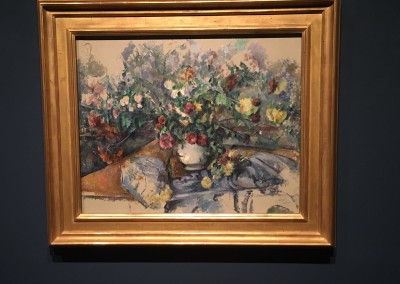
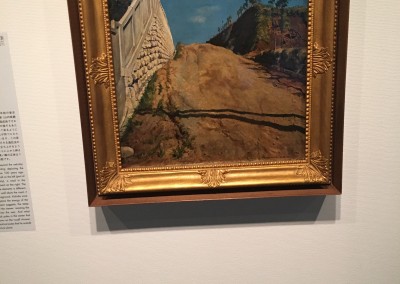
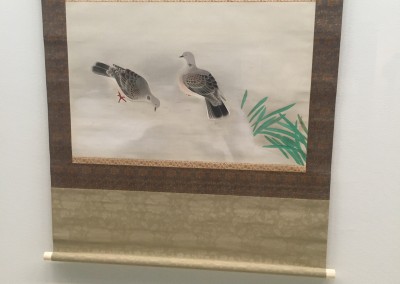
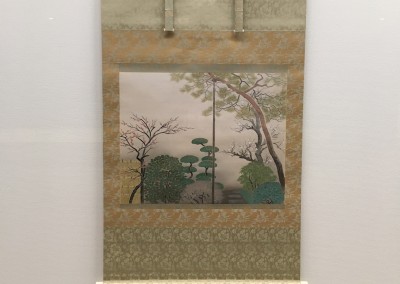
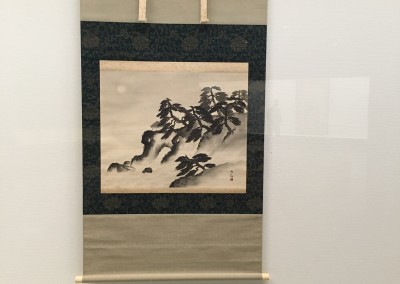
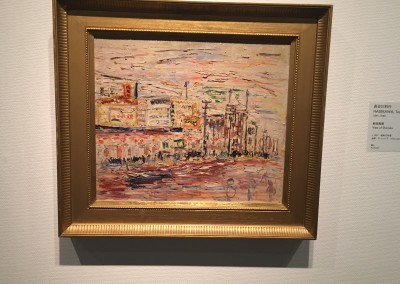
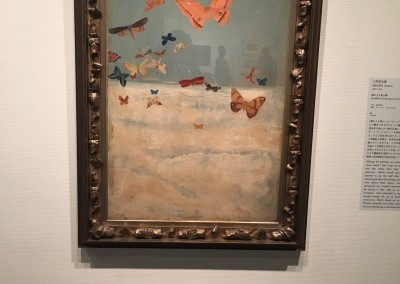
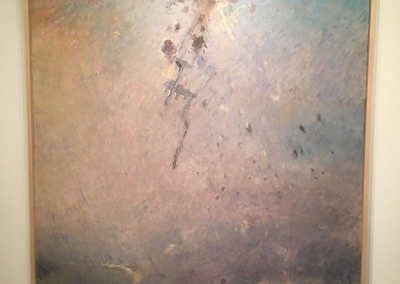
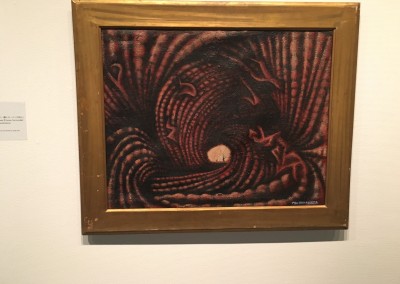
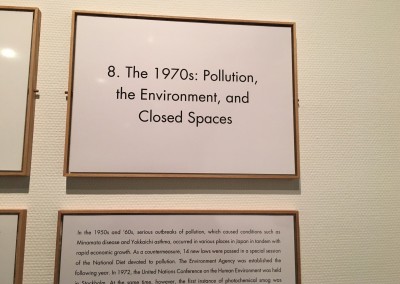
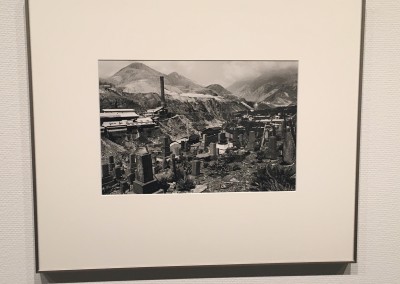

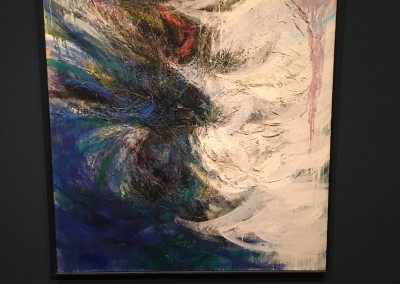
Recent Comments